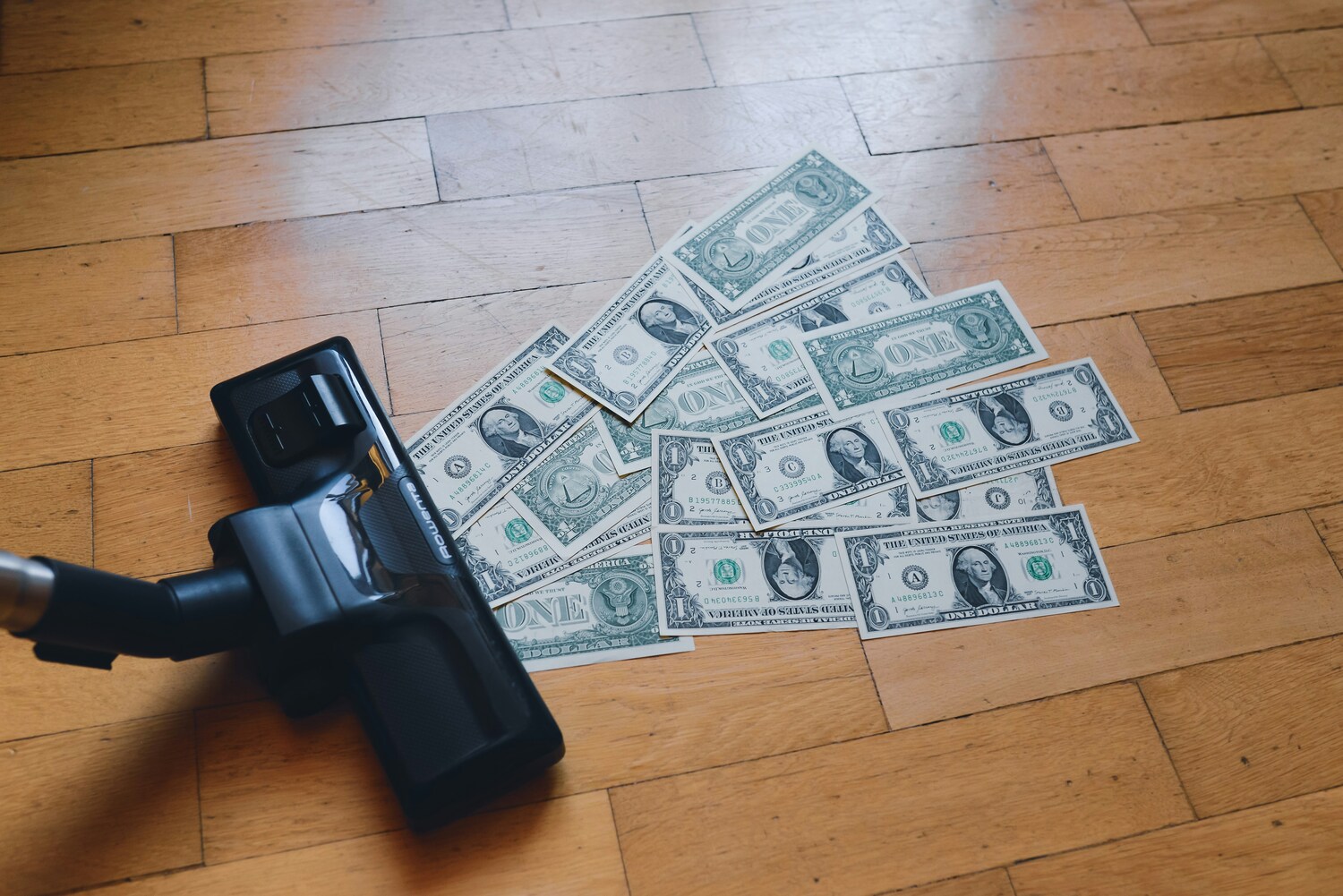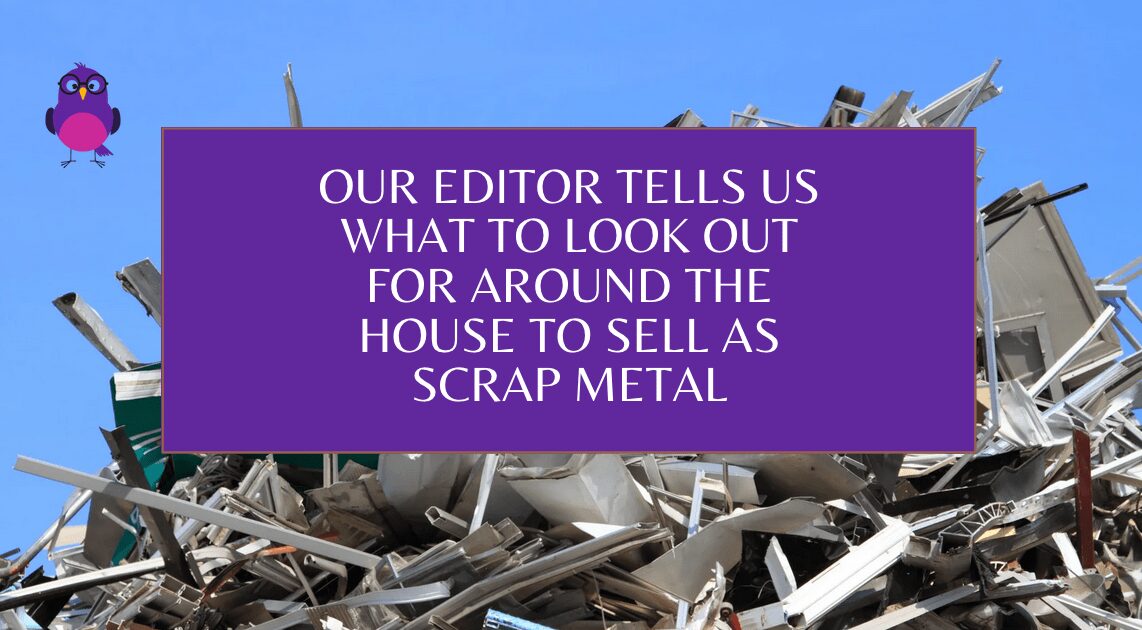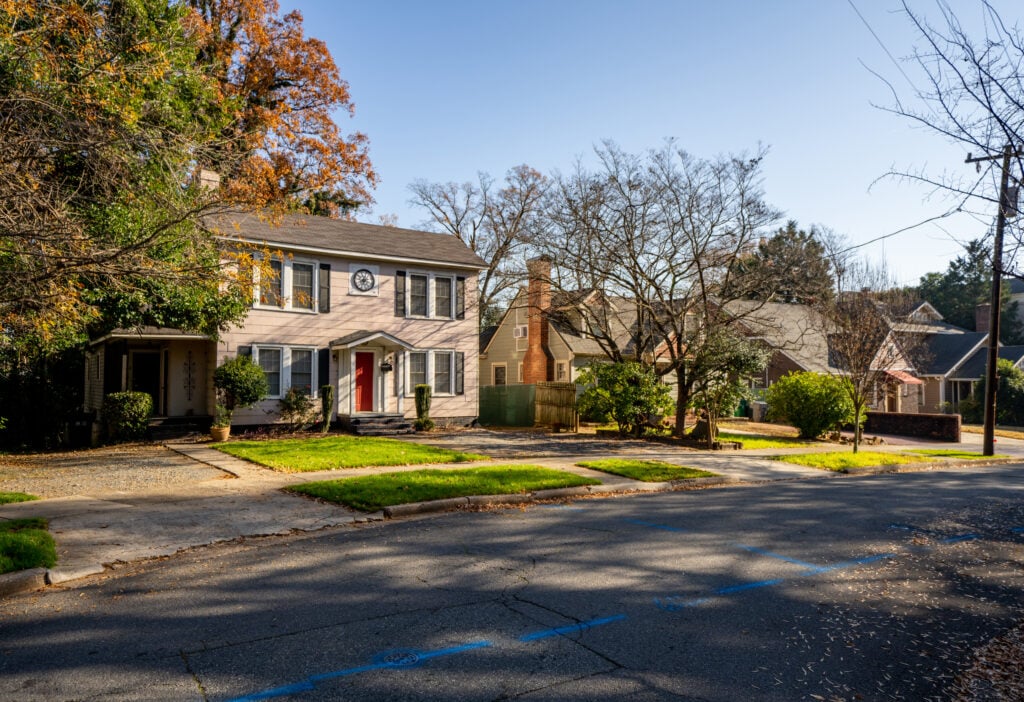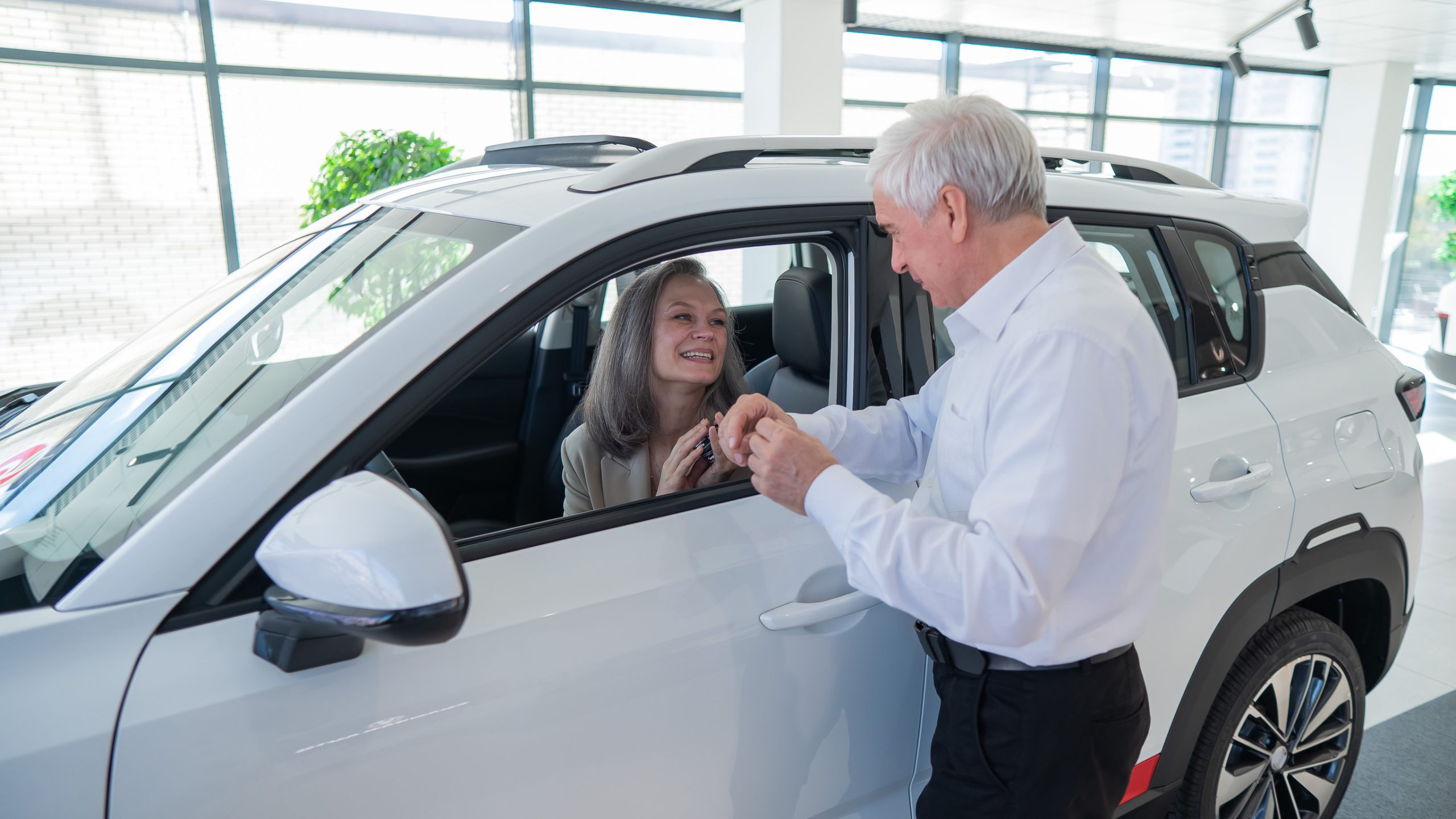
Walk through any middle-class neighborhood today, scroll through Instagram, or even glance at the new SUVs lined up in school pickup zones, and you’ll think everyone’s doing just fine. The homes are updated, the wardrobes are polished, the kids have iPhones, and the vacations look lavish. But there’s a harsh truth behind this illusion: most of it is financed. Debt has become the scaffolding propping up a lifestyle that was once attainable with just a stable income. In 2025, debt is the new middle class.
The façade is everywhere. Yet when you scratch the surface, a different story emerges. Credit card debt is climbing. Auto loans are longer than ever. Home equity is being tapped just to pay for basic expenses. Americans may look wealthier than previous generations on the outside, but their financial skeletons are riddled with unpaid balances, ballooning interest, and rising anxiety.
Let’s peel back the polished exterior and expose how the middle class quietly became the most indebted group in America and why appearances have never been more deceiving.
Debt Is The New Norm
A Lifestyle That Once Was Earned, Now Comes On Credit
There was a time when middle-class life was defined by what you could comfortably afford. A single income covered a modest home, a car, savings for college, and retirement. Now, that same life costs exponentially more while wages have remained largely stagnant in real terms.
The modern middle class didn’t stop dreaming. They just started financing those dreams. Want a decent car? That’s $700 a month for 72 months. Looking to keep up with suburban curb appeal? That’s a home equity line of credit. Need to cover a $1,000 emergency? That’s a swipe of the credit card. When the essentials are unaffordable, debt steps in to fill the gap. And with every gap filled, the illusion grows stronger…until the crash comes.
Social Media Doesn’t Show the Statements
Platforms like Instagram and TikTok aren’t just fueling envy. They’re normalizing debt-fueled lifestyles. Influencers show off $500 skincare routines, $3,000 handbags, and luxury vacations, all while many of their viewers struggle to cover rent. The line between aspiration and delusion blurs.
Even among peers, financial one-upmanship now happens online. That picture-perfect family vacation? Probably financed on a travel rewards card. The designer kitchen remodel? Likely backed by a cash-out refinance. But we never see the bills—just the filtered moments of financial make-believe.
What used to be quiet financial pressure is now public performance. The middle class feels compelled to look like they’re thriving, even if it means silently drowning in debt behind the scenes.
Homeownership Is Now a Debt Trap
Homeownership used to be the hallmark of middle-class stability. Today, it’s often a source of crippling financial pressure. Millennials and Gen Z, who managed to buy during low-interest years, are now house-poor, spending 40% or more of their income on mortgages, property taxes, and maintenance.
For others, the home they bought years ago is now their only source of liquidity. Rising prices have led many to tap into their equity—not to invest or grow wealth, but to survive. A new roof, medical bills, or a job loss can drain tens of thousands. HELOCs and second mortgages are the new emergency funds.
And if you’re still renting? You’re likely spending a record portion of your income on housing, with no equity in sight. In both cases, the system keeps people locked in debt just to keep a roof over their heads.
Cars That Cost More Than a Year of College
The average new car price in 2025 hovers above $47,000. That’s a down payment for a home or a year at a state university. But for many, a car isn’t a luxury. It’s a necessity. Commutes, kids, work—all require reliable transportation. So families buy what they can’t afford, often with auto loans that stretch out to 84 months or longer.
These long-term loans keep monthly payments “affordable,” but at the cost of paying thousands more in interest. It’s another silent agreement: you can look the part, but you’ll pay dearly for the privilege. And those flashy cars lining the suburbs? Many of them are leased. Temporary status symbols that vanish when the payments stop.

The Disappearing Emergency Fund
In the past, families had savings accounts for unexpected expenses. But rising costs and stagnant wages have made that impossible for many. Instead of dipping into savings, they reach for credit cards, payday loans, or BNPL apps. In short, debt has replaced the emergency fund.
Nearly 60% of Americans can’t cover a $1,000 emergency without borrowing. That’s not mismanagement. It’s the system. Health insurance premiums, deductibles, childcare, groceries, and utilities have all outpaced wage growth. So when the fridge breaks or a child gets sick, debt steps in (and stays).
Student Loans Set the Trap
Let’s not forget the foundation of this entire structure: student debt. Millions of middle-class workers started adulthood already tens or hundreds of thousands in the hole. Before they even had their first real paycheck, they were paying off the cost of getting that paycheck.
This debt delays home buying, family planning, and retirement saving. It also normalized living with debt as a permanent fixture. For many, credit card balances are simply layered on top of the student loan payments. The trap was set early, and escaping it feels nearly impossible.
Financial Illusions Are Costing Mental Health
Living with chronic debt, especially when everyone around you appears to be thriving, takes a toll. Anxiety, depression, and even physical symptoms like insomnia or headaches are tied directly to financial stress. Yet no one wants to talk about it.
The stigma of being “bad with money” keeps people silent. But the truth is, they’re not bad with money. They’re doing the best they can in a system designed to make survival look like success while quietly charging you for the privilege.
Credit Is the New Currency
The scariest truth of all? Credit is now the default currency of the middle class. It’s how people pay for cars, homes, furniture, education, and even groceries. And as long as the system runs on borrowed money, the illusion of prosperity continues—until someone can’t make the minimum payment anymore.
This isn’t sustainable. And yet, it’s the only model available to most middle-class Americans.
The Middle Class Isn’t Dead. It’s Just In Debt
The American middle class isn’t dead. It’s indebted. What looks like comfort and stability is often just cleverly disguised financial pressure. Families look like they’re winning, but they’re borrowing to stay in place. Behind every luxury SUV, updated kitchen, and Instagram-worthy vacation is often a growing pile of credit statements and a gnawing fear of collapse.
It’s time to stop blaming individuals for “bad choices” and start questioning a system that forces people to borrow just to survive. Because when debt becomes the default, we’re not building wealth. We’re building castles made of credit.
Do you think debt has become the price of admission for middle-class life? How have you navigated the illusion and the reality?
Read More:
The Middle Class Is Dying And These 7 Everyday Costs Are Killing It
The Real Cost of Being Middle Class in 2025: A Financial Breakdown










